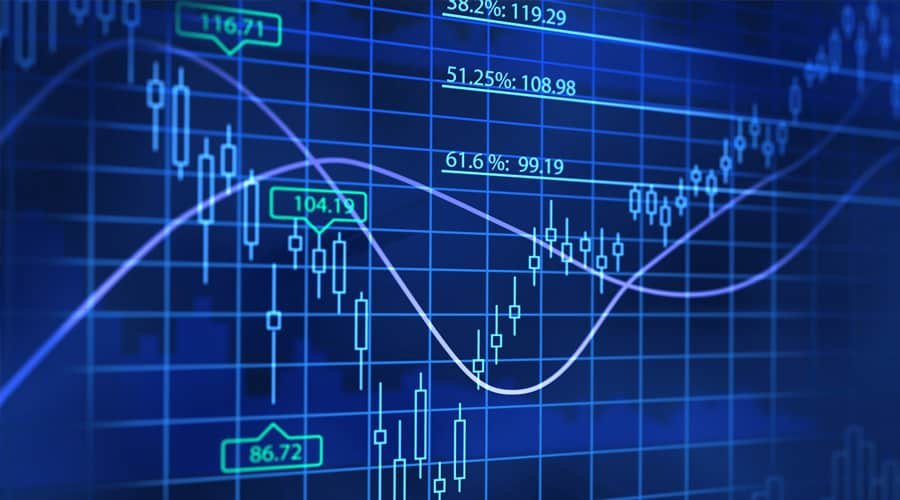Source – https://www.analyticsinsight.net/
With so many advances in technology and analysis tools, it’s getting hard for traders to keep up. One of the highly discussed topics is machine learning. If you want to know where these two fields intersect, let’s first clarify what each of the terms means.
How Does Forex Trading Work?
Foreign exchange, or Forex, is the process of converting one currency into another. The value of every specific currency is determined by market factors such as trade, investment, tourism, and geopolitical risk.
Forex is commonly traded in specific amounts called lots, which are basically the number of currency units that you will purchase or sell. The standard lot size is 100,000 units of currency.
There are three main methods to trade Forex that are commonly used by traders as per their objectives:
- The spot market – This is the principal Forex market, where currency pairings are switched in real time, and exchange rates are set based on supply and demand. This trading constitutes a “direct exchange” of two currencies, has the shortest time frame, includes cash rather than a contract, and the agreed-upon transaction does not include interest. One of the most prevalent forms of Forex trade is spot trading.
- The forward market – In this type, instead of immediately completing a trade, Forextraders can enter into (private) contracts with another trader to lock in an exchange rate with a certain volume of currency at a future date, regardless of what the market rates are then.
- The futures market – Similarly, traders can choose to purchase or sell a fixed sum of a currency at a certain exchange rate at a future date. Unlike the forwards market, this is done on an exchange rather than privately, where the traders are entered into a legally binding contract.
What Is Machine Learning?
Machine learning (ML) is the study of computer algorithms that improve automatically over time via experience and the use of data. It is considered a branch of artificial intelligence. Since new technology has made trading faster and easier, ML is increasingly becoming significant in the Forex trading world.
In order to implement Machine Learning in Forex trading, one must first create algorithms. These algorithms examine data in order to spot trends and forecast future events.
Algorithmic Tools Used in Forex
In Forex trading, a wide array of algorithmic tools based on machine learning are applied, including:
SVM
SVM or a Support Vector Machine is a data categorization machine learning language. Because of its ease of application in data categorization challenges, the language has gained widespread acceptance. SVMs work by splitting data sets using decision boundaries.
SVM is used to anticipate or assess if a market trend is bullish or bearish using this method in Forex trading. This is accomplished by establishing hyper-planes between a trend’s highs and lows. A forward hyper-plane denotes a bullish trend, while a backward hyper-plane denotes a bearish trend (hyper-planes), and then classifies fresh data using the hyper-planes.
Neural Network
Neural Network in Forex is a machine learning method that analyses market data (technical and fundamental indicator values) and tries to anticipate the target variable (close price, trading result, etc.). It is inspired by how human biological neurons operate.
In Forex, there are two primary issues of contention: the Forex regression problem, in which we attempt to forecast future trends, and the Forex classification problem, in which we attempt to forecast whether a trade will be successful or not. The Neural Network addresses these two problems by keying in yesterday’s high and low price with the last seven day’s high and low price to predict tomorrow’s price.
Why Use Machine Learning in Forex?
In the Forex trading world, ML can be used for a variety of purposes:
- The use of ML to monitor pricing in real time has led to greater transparency. ML algorithms can make buying/selling of lots automatic in the Forex market, thereby providing traders an edge with speed and precision.
- ML involves keying in historical data to a system so that it can make future decisions based on it. As a result, ML uses past data, referred to as predictor variables, to forecast present currency values, which are referred to as target variables. In order to do so, the ML algorithm learns to use predictor variables to forecast target variables.
With the help of a supervised ML model, the predicted uptrend or downtrend of Forex rate might help traders to make the right decision on Forex transactions since the decisions made are fact-based, unlike human beings whose decisions are driven by emotions like fear, greed, and hope.
ML also assists in expanding the number of marketplaces that a trader can monitor and respond to. The higher the number of marketplaces available, the more likely a trader will choose the most profitable one. As a result, by implementing ML, traders can optimize their profits and diminish their risks.
Conclusion
The foreign exchange market is the world’s largest financial market, and it isn’t going away anytime soon. ML has been a game-changer in the field of Forex trading with its fast-paced automated trading, which needs no human intervention and provides accurate analysis, forecasting, and timely execution of the trades. And for mitigating the risks, ML plays an important role in shaping the future of Forex trading.
